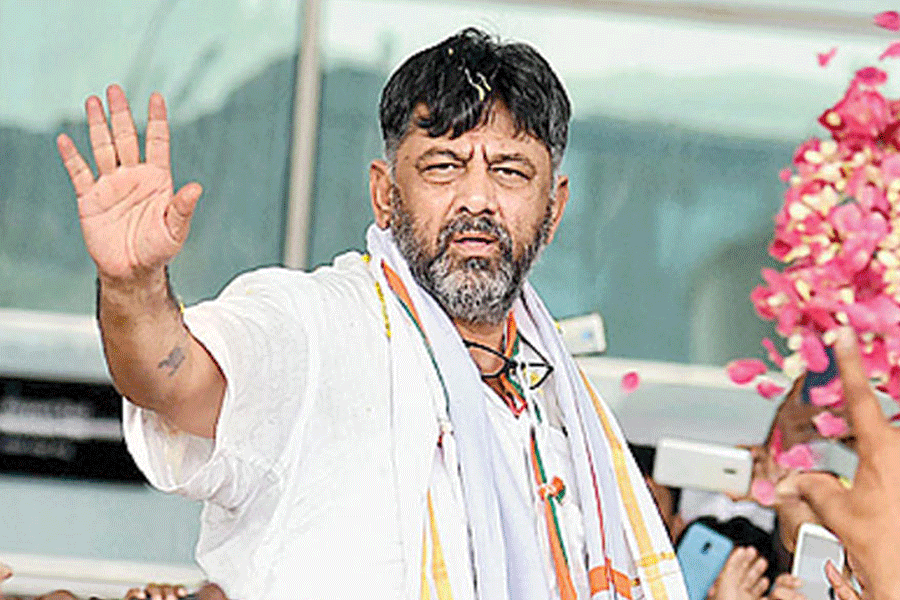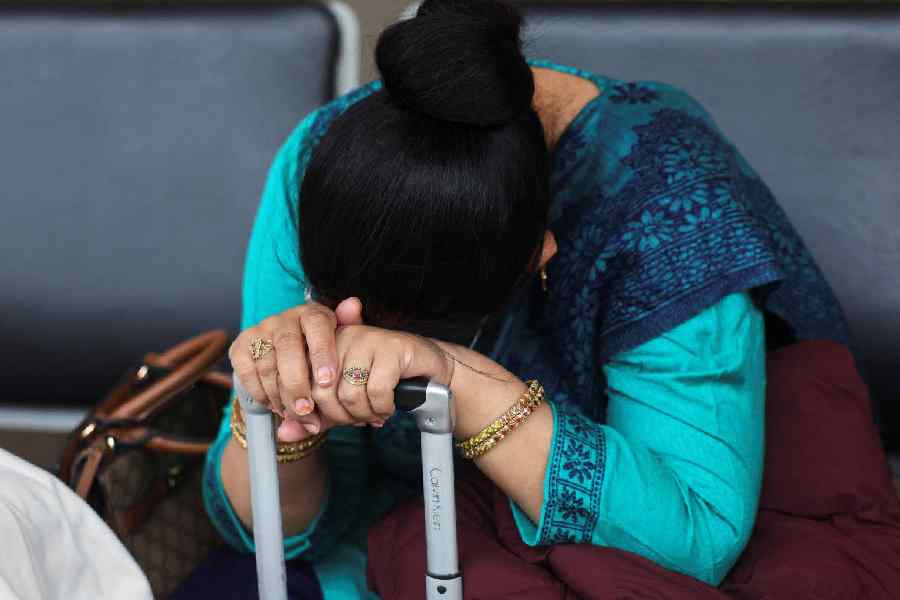 |
| Illustration by Uday Deb |
Mamoni narrates the journey of an epic to a neighbouring country
I had once asked Prof. Jin Ding Han, the translator of Tulsidas’s Ramcharit Manas into Chinese, about the problem he had faced in completing his project as the original had so many words in Bundelkhandi, Bhojpuri, Braja, Persian, besides the main language, Awadhi.
He gave a very roundabout reply. “Let me tell you in a different way,” he had told me.
“While I was translating this work of Tulsi, one of my friends from Cambridge wrote a letter asking me what I was writing at that time. I had replied that I was chewing iron grams and had lost half of my teeth. It took five years to complete this translation after lots of hard work and sweat,” he said.
China and the Ramayan may seem a little incongruous as the Communist regime considers anything remotely religious as “opium” as Jin Ding had himself said.
But literature transcends geographical and political boundaries. And it was a great experience for me when I attended the 13th International Ramayana Conference at Shenzhen University in Guangdong province of China.
 |
| Mamoni Raisom Goswami |
The conference, held in April 1996, was organised by the university and the China Indian Literature Studies Institute in co-operation with the Institute of World Literature and Culture.
It aimed to strengthen Sino-Indian ties through the study of the grand epic Ramayan. I can vouch for the friendship bit as I made many friends among Chinese scholars who shared my passion for the Ramayan.
Prof. Ji Xianlin of Peking University, a great scholar and translator of Valmiki’s Ramayan into Chinese, really set the tone for the conference with the words: “It is the ardent hope of the people of China to promote the understanding and friendship of the people of the world and to safeguard an everlasting peace”.
It was at this conference that I had the great opportunity to meet and ask some questions to Prof. Jin Ding Han.
I asked him what had inspired him to translate Tulsi’s Ramcharit Manas of all other literary works of India.
He replied that in the 7th century, Chian Chang, a Buddhist monk, had visited India and later he had read a novel written on this monk’s expedition called Paschimi Jatri.
The novel depicted Hanuman’s adventures and it fascinated and inspired him very much. He thought that he would also write something, some day, where Hanuman would be the chief protagonist. Later on, he found that Tulsi’s Hanuman was incomparable and that his glory should be known throughout the world.
Prof. Jin Ding Han studied in middle school of Hunan province in 1951 and then he went to Beijing and learnt Hindi under Prof. Jagdish Jain.
In 1955, he became professor of Hindi in Beijing University.
He told me frankly that the Chinese had two misconceptions about India. They thought that Indian people were Buddhists. Secondly, they were completely ignorant about the literature of medieval India. Hence, to enlighten about the people of China, he decided to take up the task of translating Tulsi’s immortal work Ramcharit Manas.











